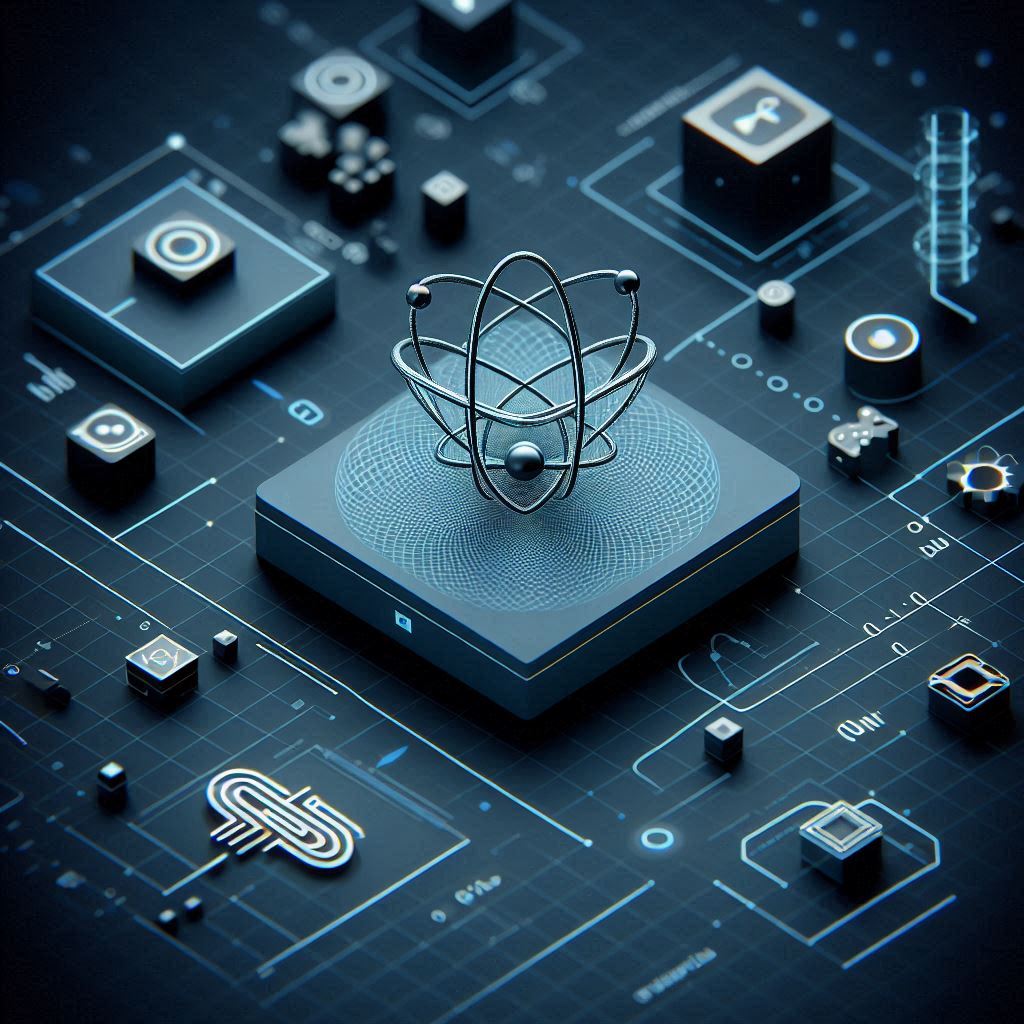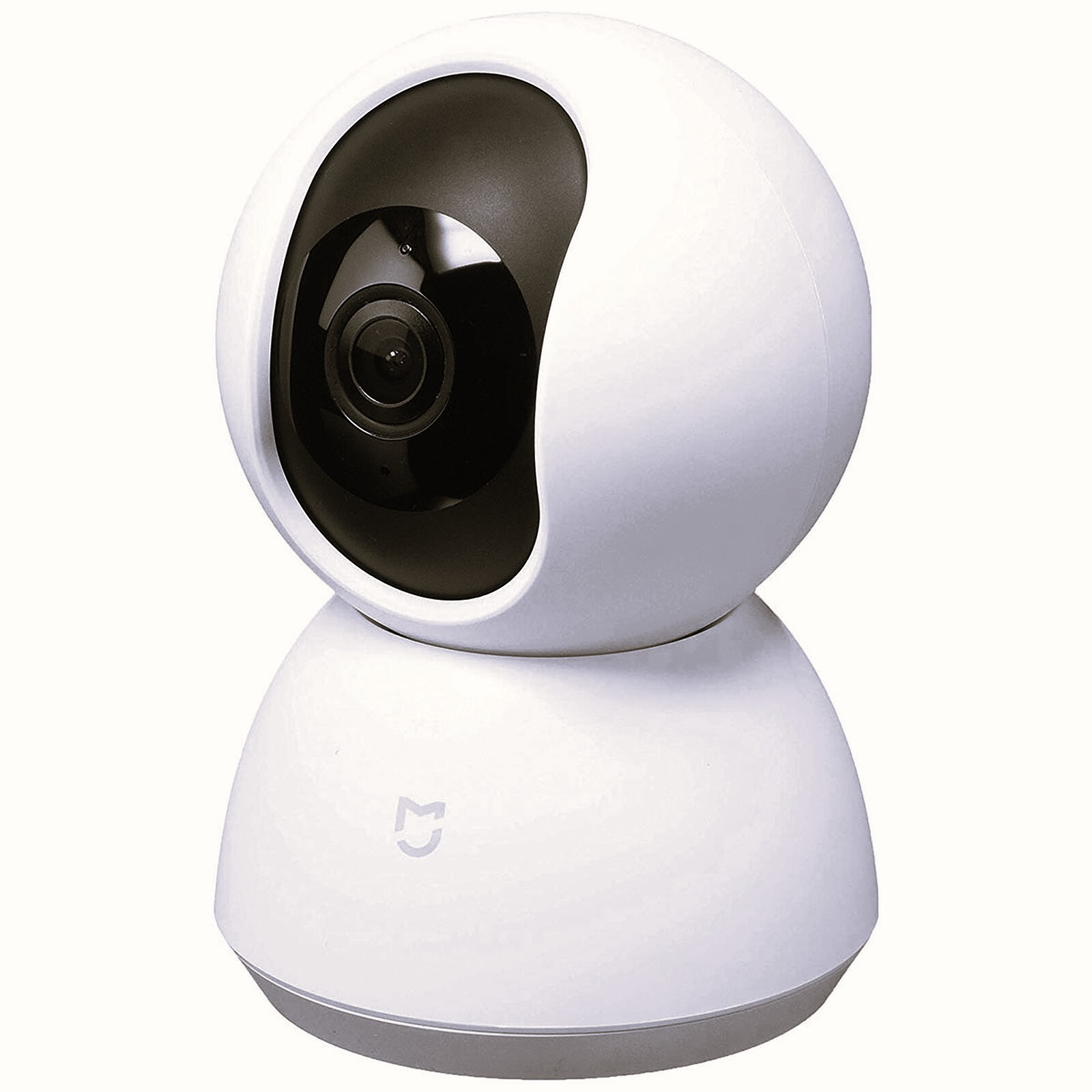Hey there! 😊 Welcome to Part 9 of our “Cryptography For Everyone” journey. If you’ve been following along, you’ll remember in Part 8 we explored Cryptography in Blockchain and Cryptocurrencies, how cryptography secures your crypto-wallets and smart contracts. Today, we’re stepping into two super-exciting areas: Quantum Cryptography (using physics to lock your secrets) and Post‑Quantum Cryptography (math-based armour against future quantum computers). And in Part 9, we’ll tie this all back to Cryptography for Network Security and Secure Communication, so everything connects like chapters in a story.
- Imagine This 💡
- Quantum Cryptography
- Post‑Quantum Cryptography
- Comparing the Two
- 🔍 Quantum Cryptography in Depth: QKD Protocols & Real Use Cases
- 🧠 Post‑Quantum Cryptography: A Deep Dive into Math & Standards
- Lattice-Based Cryptography (Kyber, Dilithium, Falcon)
- Code-Based & Hash-Based Cryptography
- NIST PQC Standards (as of August 2024)
- Pragmatic Comparison Table
- ✅ Implementation & Migration Strategies
- 🌉 Bridging to Network Security & Cyber Security
- 🎁 Final Thoughts
- FAQs
Imagine This 💡
Imagine you’re guarding a treasure chest. Classical cryptography is like using a heavy padlock—it’s tough to break, but a future thief with special tools might crack it.
Quantum cryptography is like an enchanted chest: the moment someone tries to tamper with it, the magic warns you, making it impossible to steal unnoticed.
Post-quantum cryptography is about future-proofing. It’s like upgrading to an ultra-secure vault that even future thieves with quantum-powered lock-picks can’t break.
Quantum Cryptography
Quantum cryptography, in particular, Quantum Key Distribution (QKD), leverages laws of quantum mechanics. The no-cloning theorem says eavesdropping disturbs the state of quantum bits (qubits), and that disturbance blinks bright red as warning errors (microsoft.com, quantropi.com).
So it’s theoretically unbreakable, at least as long as we trust quantum physics. It’s like sharing a secret handshake: if someone tries an extra handshake, the miss-match gives them away.
But it’s also impractical for everyday use: needs special hardware, optical fibers, satellites, you name it . That’s why QKD today lives in labs or high-security setups, not in your average smartphone. It’s powerful… but not cheap or scalable.
Post‑Quantum Cryptography
On the flip side, Post‑Quantum Cryptography (PQC) uses advanced math puzzles that even quantum computers can’t solve, yet. Think lattice-based, hash-based, code-based, and multivariate polynomials, all set up to be too tough, even for a quantum brain (paloaltonetworks.com).
Why now? Because of the famous “harvest now, decrypt later” threat: bad guys might copy encrypted info today and wait until quantum computers become fast enough, maybe in a few decades, to decrypt it (en.wikipedia.org). So it’s like using time-proof locks now before smarter lock-pickers come along.
The U.S. NIST has already released standards like ML‑KEM (formerly Kyber), Dilithium, and SPHINCS+, with more coming soon like HQC (en.wikipedia.org, csrc.nist.gov). Companies like Cloudflare are also rolling this out, free to users! (barrons.com).
Comparing the Two
| Aspect | Quantum Cryptography (QKD) | Post‑Quantum Cryptography (PQC) |
|---|---|---|
| Security Basis | Physics (no-cloning, qubit disturbance) | Hard math problems (lattice, hash, code) |
| Hardware Needed | Specialized quantum devices, fibers, maybe satellites | Just software/hardware upgrades, no quantum gear |
| Detect Eavesdropping | Yes, naturally inherent | No, relies on math strength proof |
| Scalability | Limited, expensive, niche | Easy to deploy broadly, works with internet and mobile |
| Maturity | Experimental, lab-based | Advancing fast, standardizing, rolling out now |
Let’s deepen the dive with more detailed sections 💪.
🔍 Quantum Cryptography in Depth: QKD Protocols & Real Use Cases
Quantum Key Distribution (QKD) isn’t just sci-fi – it’s real and in use today, though often in niche applications:
- BB84 & B92 protocols:
- BB84 (1984) uses four polarization states of photons for Alice-to-Bob key exchange.
- B92 (1992) is a streamlined variant using only two non-orthogonal states. Both exploit the no-cloning theorem—any eavesdropping disturbs the states and reveals itself in error rates (latticesemi.com, eprint.iacr.org, en.wikipedia.org).
- Advanced QKD systems:
- High-dimensional QKD (HD-QKD) leverages spatial or time/energy modes to pack more bits per photon, improving efficiency and range (en.wikipedia.org).
- Continuous-variable QKD (CV-QKD) works over conventional telecom hardware (no single-photon detectors) and has been demonstrated over 80 km fiber systems (arxiv.org).
- Real-world deployments:
- Toshiba Europe successfully transmitted quantum-encrypted messages over 254 km on a commercial telecom network—without ultra-cold hardware (nlnog.net, ft.com).
- EPB utility demo in Chattanooga plugged QKD into power substations to secure grid commands, showing QKD can flag tampering on industrial networks (wired.com).
- Genome transmissions & finance links: used to securely transfer sensitive genomic data and replicate financial data across secure links .
Limitations to keep in mind:
- Distance limits without quantum repeaters; wireless QKD is still experimental (arxiv.org).
- Requires specialized hardware like quantum random-number generators and photon detectors (toshiba.eu).
- Doesn’t inherently authenticate the parties—must be paired with quantum-secure authentication schemes (wired.com).
So while QKD is cutting-edge, it’s best suited for highly sensitive, fixed infrastructure use cases (military, telecom, utilities, genomics).
🧠 Post‑Quantum Cryptography: A Deep Dive into Math & Standards
Post‑Quantum Cryptography (PQC) is about creating crypto algorithms that survive quantum attacks—and here are the technical brushstrokes:
Lattice-Based Cryptography (Kyber, Dilithium, Falcon)
- Kyber (now ML‑KEM) for encryption:
Built on hard problems like the Learning With Errors (LWE) or Module-LWE, these create random-looking lattices where only the correct lattice basis can retrieve the message (eprint.iacr.org, nlnog.net, redhat.com, cybersecurity.blog.aisec.fraunhofer.de). - Dilithium (ML‑DSA) and Falcon (FN‑DSA):
Both are lattice-based signature schemes, but Falcon leverages NTRU lattices and fast-Fourier sampling for compact, efficient signatures (nist.gov, en.wikipedia.org).
Code-Based & Hash-Based Cryptography
- Code-based methods rely on decoding hard error-correcting codes. Historically robust, though signature schemes have been more challenging (redhat.com).
- SPHINCS+ (SLH‑DSA) – a stateless hash-based signature algorithm. Simple construction equals high resilience, but larger signature sizes (nist.gov).
NIST PQC Standards (as of August 2024)
- FIPS 203: ML‑KEM (Kyber) for key encapsulation
- FIPS 204: ML‑DSA (Dilithium) for signatures
- FIPS 205: SLH‑DSA (SPHINCS+) as hash-based fallback (nist.gov, csrc.nist.gov)
These have been approved and are ready for integration—NIST says “no need to wait” (nist.gov).
Pragmatic Comparison Table
| Aspect | Quantum Cryptography (QKD) | Post‑Quantum Cryptography (PQC) |
|---|---|---|
| Security Foundation | Quantum physics (no-cloning, disturbance detection) | Hard math problems (lattice, hash, code problems) |
| Hardware Requirements | Special hardware + fiber/satellite + QRNG | No quantum hardware—software/hardware upgrade only |
| Key Distribution | Physical quantum channel, expensive to scale | Digital—fits existing protocols (TLS, SSH, etc.) |
| Distance/Range | Limited (~100–250 km) or needs repeaters | Global—uses internet, no constraints |
| Eavesdrop Detection | Inherent (changes channel observables) | None—relies on math structure and proof of hardness |
| Deployment Maturity | Research/trial stage | Already in production: Cloudflare, OpenSSL, Signal trials |
| Cost & Scalability | High barrier, niche | Low cost, broad compatibility, scalable rollout |
✅ Implementation & Migration Strategies
- Hybrid Layering:
Incorporate both classical and PQC algorithms temporarily—for example, using TLS with both ECC and Kyber. - Risk Assessment:
Evaluate “harvest now, decrypt later” threats, especially for data with long retention. - Standards Alignment:
Target FIPS 203–205 compliance; look out for FIPS 206 (Falcon) coming soon. - Ecosystem Testing:
Experiment with PQC-enabled platforms like Cloudflare’s TLS, Open Quantum Safe, or PQ-enabled gRPC, MQTT, VPNs. - Specialized QKD Use:
For ultra-sensitive channels—like government, defense, energy grids—explore QKD integration with AES for symmetric key refresh (wired.com, nist.gov, toshiba.eu, arxiv.org, ft.com, eprint.iacr.org).
🌉 Bridging to Network Security & Cyber Security
Everything we discussed plays into broader online security and cyber security:
- TLS & VPNs are now evolving to PQC-capable versions.
- Zero-Trust architectures can employ PQC to ensure future-proof identity verification.
- IoT & embedded systems require lightweight PQC to secure connected devices without hardware overhaul.
In the upcoming Part 9 (“Cryptography for Network Security and Secure Communication”), we’ll explore practical implementations—how to plug PQC into your OSS, how to architect secure data flows, and even how quantum security principles apply in firewalls and IDS.
🎁 Final Thoughts
It’s fascinating—you’re sitting at the convergence of two powerful futures: physics-driven quantum locks and math-fortified post-quantum walls. This dual approach spells resilience in an uncertain world.
Next time, we’ll tie these advances into real-world networks—the “plumbing” that actually keeps your crypto safe in motion. Stay tuned for Part 9, and meanwhile—keep your curiosity charged, and your keys updated! 🔐
FAQs
Q: Should I configure my website with PQC today?
A: If you’re dealing with sensitive or long-lived data, yes. Start testing hybrid PQC to stay ahead of the curve.
Q: Is quantum cryptography just better than PQC?
A: Not quite. QKD offers theoretical security, but PQC offers practical, scalable protection, like gold padlocks vs. silver padlocks: both good, but gold is expensive.
Q: Will every device need PQC soon?
A: For critical infrastructure and long-term security, absolutely. Devices like tablets, cars, payments systems, they’ll all need upgrades in time.
Q: Are QKD and PQC interchangeable?
A: No—they serve different needs (niche ultra-secure channels vs. broad-scale compatibility). Many experts see them as complementary (arxiv.org, toshiba.eu, epjquantumtechnology.springeropen.com).
Q: When should we start deploying PQC?
A: Now—for systems handling sensitive or archived data. Legacy infrastructure upgrades take time; FIPS-approved algorithms are ready .
Q: Will PQC slow down my apps?
A: Slightly—PQC keys and signatures are larger, but optimization strategies and hybrid approaches can mitigate performance hits .




